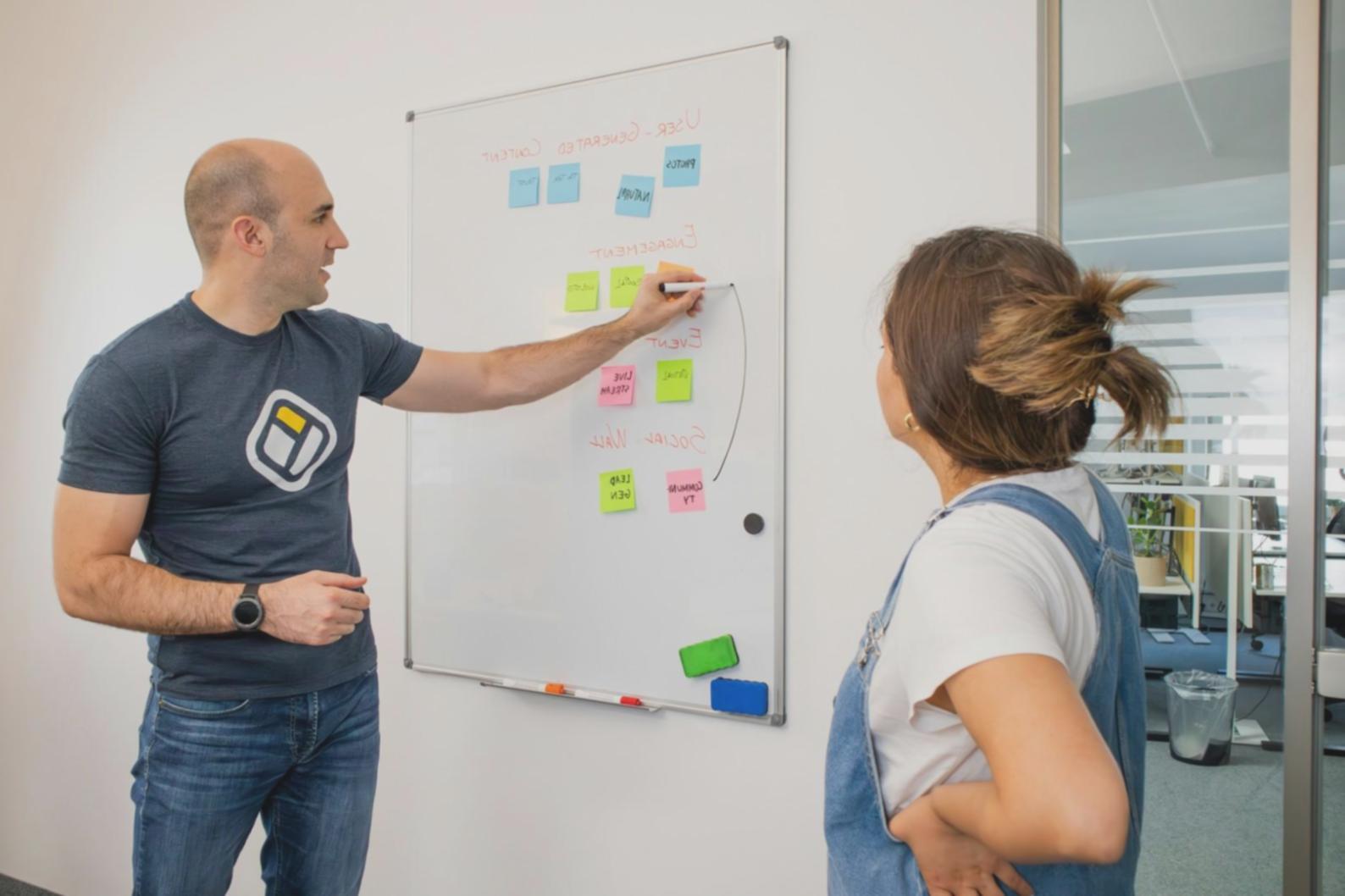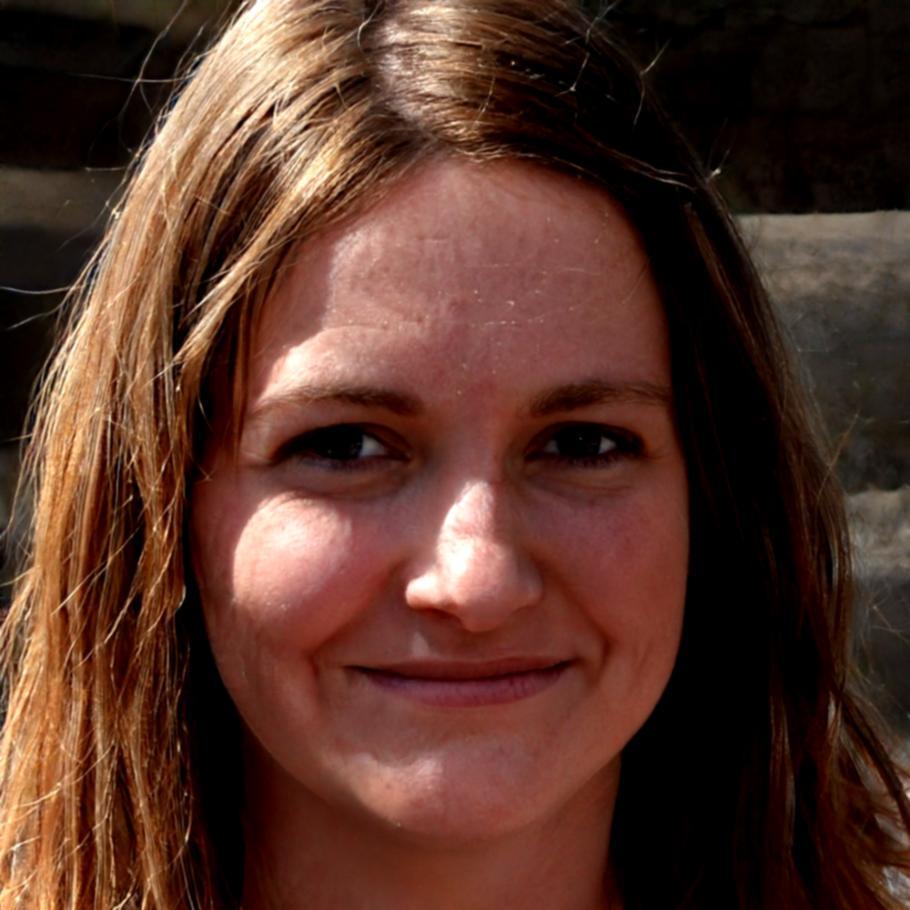Build Financial Goals That Actually Match Your Life
Most people think financial planning means rigid budgets and distant retirement targets. But here's what really works—setting goals that connect to what you value right now, not just decades away. We help you figure out the path between today's spending choices and tomorrow's possibilities.
View Program Options
Three Core Approaches We Teach
Financial goal setting isn't about following one formula. Different situations need different methods, and we walk through each one with real examples from Australian households dealing with similar challenges.
Income-First Planning
Start with what you actually earn and work backward. This matters more than people realize—when you design financial targets around irregular income or variable work patterns, you avoid the stress of unrealistic expectations. We show you how shift workers and freelancers structure this.
Value-Based Targets
Some goals look good on paper but don't connect to what you care about. We help identify which financial targets actually align with your priorities—whether that's travel, education, property, or something else entirely. The research shows aligned goals stick better.
Timeline Realism
Setting a five-year goal when circumstances might change in two years creates problems. We teach flexible timeframe planning that adapts to career changes, family situations, and market shifts without losing momentum. Think phases instead of fixed endpoints.

How the Program Actually Works
You get eight modules delivered over six months, starting November 2025. Each one focuses on a specific aspect of financial goal setting—from calculating what's realistic to adjusting targets when life throws curveballs.
The format mixes video lessons with practical exercises. And when I say practical, I mean working through your own financial situation, not abstract examples. About 80% of participants find the case study sessions most helpful because they show how other people navigate similar challenges.
- Weekly modules you complete at your own pace with optional live discussions
- Templates for tracking progress that work with irregular income patterns
- Small group sessions where participants share what's working and what isn't
- Access to updated materials for two years as your situation changes
The Peer Support Component
Financial planning can feel isolating. You're making decisions that affect your future, but it's awkward to discuss money details with friends or family. That's why the program includes structured peer sessions.
These aren't networking events or forced bonding exercises. They're focused discussions where participants share specific challenges—like managing competing priorities or adjusting goals when income drops—and get perspective from others in similar situations.
The peer sessions changed how I thought about timeline flexibility. Hearing how someone else handled a career change while keeping their savings goals on track gave me actual strategies I could use when my situation shifted six months into the program.
Most participants stay in touch after the formal program ends. There's value in having people who understand your financial journey and can offer perspective when you're second-guessing decisions or considering adjustments.

